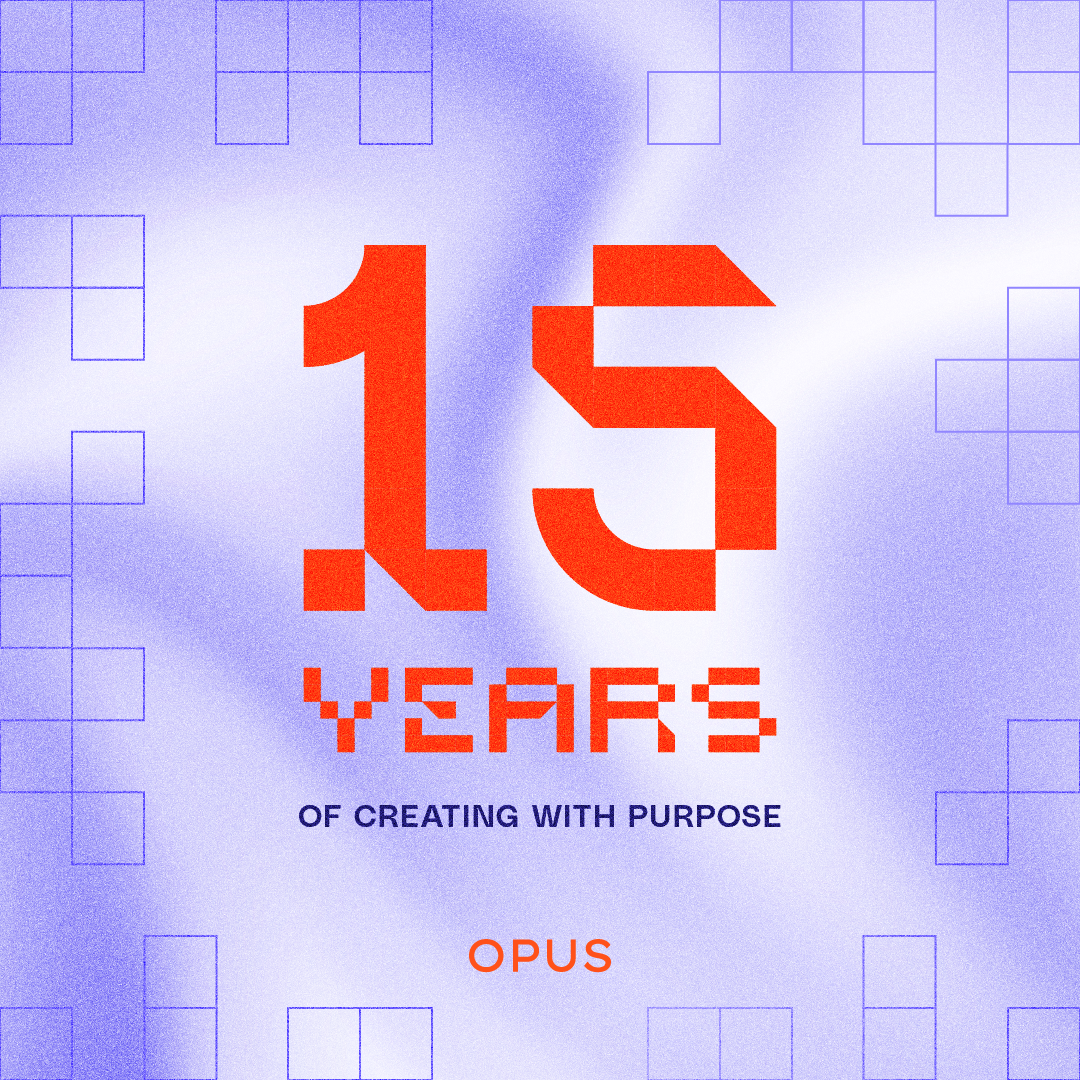As designers, we tend to do a lot of printing.
Not only do many of the things that we create eventually get printed, but we also do a ton of test prints to make sure that the final prints look how we want before sending them off to the printer. While many times this is unavoidable, there are steps that we can take to be more environmentally conscious when it comes to our printing habits.
Conserving materials
I’m sure when you think of being an environmentally conscious designer, one of the first things that come to mind is considering printing. Obviously, we can’t just give up printing, as there are many instances where printing is the more realistic and effective way to communicate, but there is room for reduction. It’s always worth asking yourself what you can do to conserve materials. A great question to ask — is it necessary to print this? Can it be digital? If you end up deciding, which you often will, that printing is the best route to take, you can still be mindful of the environmental impact of printing by optimizing the document sizing for printing.
For example, maybe you can set up your document and design it in such a way that minimizes white space that will be cropped off and recycled once it gets printed. Or try to use the space to the fullest. Now, this doesn’t necessarily mean to shove a bunch of stuff in your white space as white space is very valuable in a design, (shout out to the folks that designed the Dr. Bronner’s packaging because that is not something that could be easily pulled off). However, it is possible to still have white space, and be more intentional about sizing/folding/margins/bleeds/etc. when setting up a document to conserve as much as possible. Less is indeed more when it comes to printing materials. So perhaps, you can print things a little smaller, or print but use less paper by strategizing how things will be assembled.
Choosing materials
It’s important to take into consideration both the paper, but also the ink that’s being used for the print piece. You can now request at many print companies that they use VOC-free inks. Before the 1970s, most inks actually used vegetable oils as a base. However, as the years went on, it became the norm for printers to use synthetic inks. Inks that contain volatile organic compounds (VOCs) are carbon-based inks that evaporate, releasing greenhouse gases and contributing to global warming. More and more printing companies are offering new and improved environmentally friendly vegetable-based inks that are available upon request!
Additionally, more printing companies are offering environmentally-friendly papers. It’s always a wonderful idea to be mindful when choosing a paper stock. Chlorine-free paper is always a great idea, as well as recycled paper. The Forest Stewardship Council (FSC) is a not-for-profit organization that certifies paper stock that has been harvested and produced responsibly. Other organizations certify papers as well.


Working with others
Another way to be more mindful when printing, is by choosing to work with printing companies that consider their emissions and environmental impact. You can always ask a new potential printing company what they are doing to reduce water, energy, etc. to see if their values align with yours.

Check out our other posts on how to be a more environmentally-conscious designer:
How to be a more environmentally-conscious packaging designer
How to be more a more environmentally-conscious web designer
How to be a more environmentally-conscious designer: working with others





